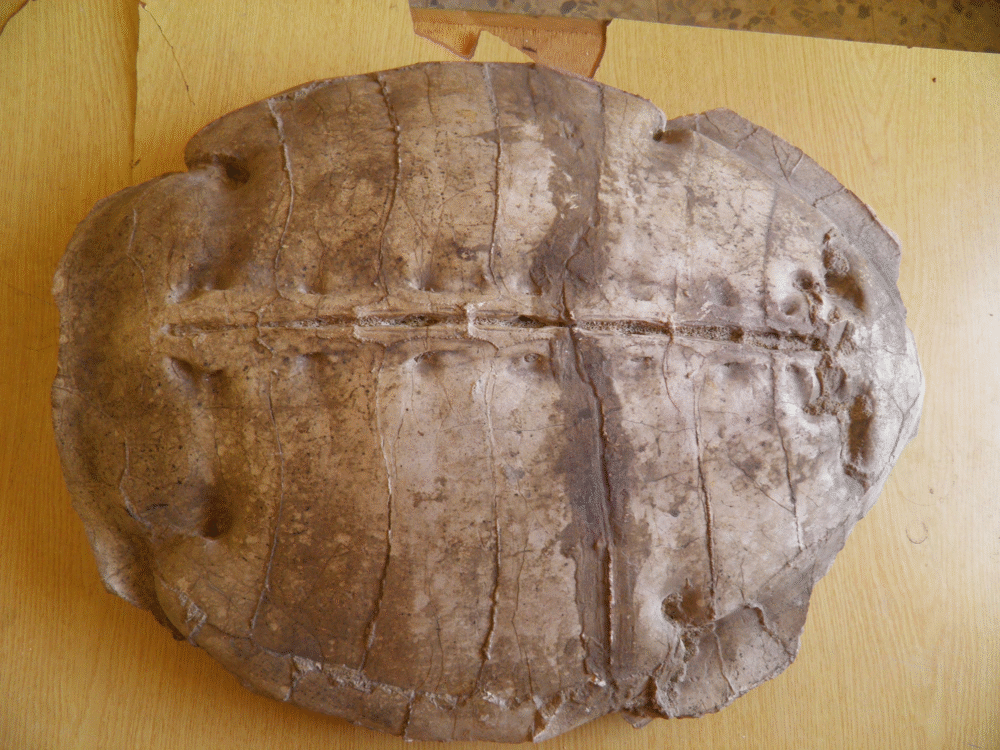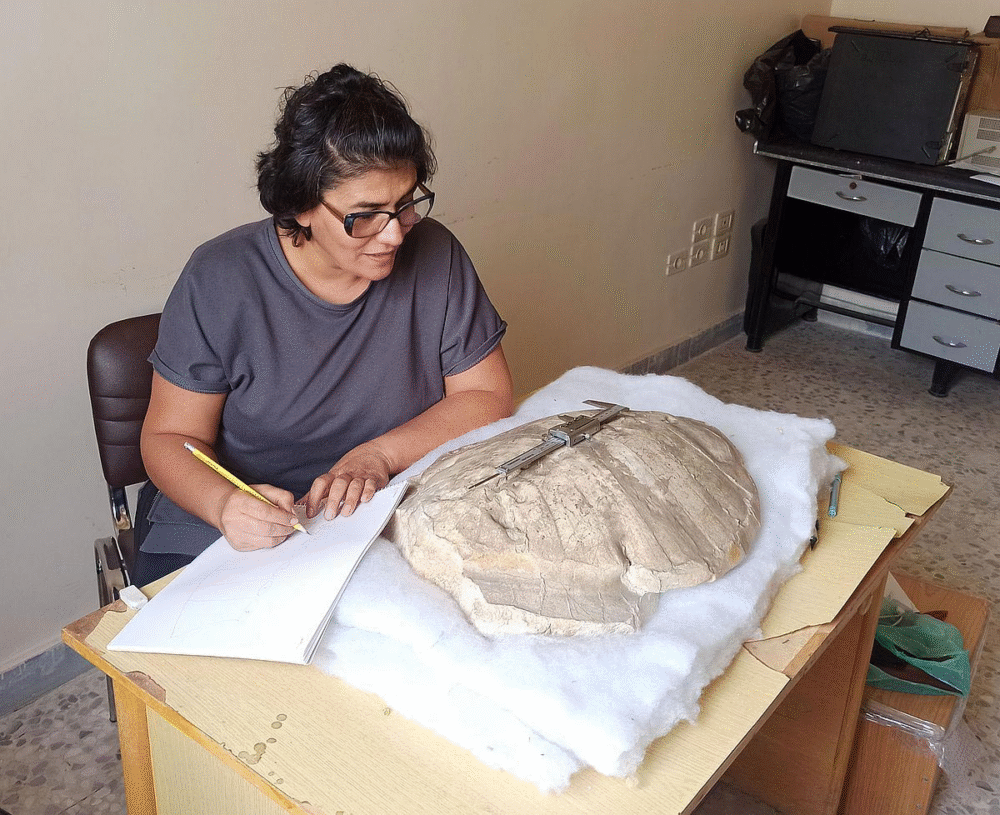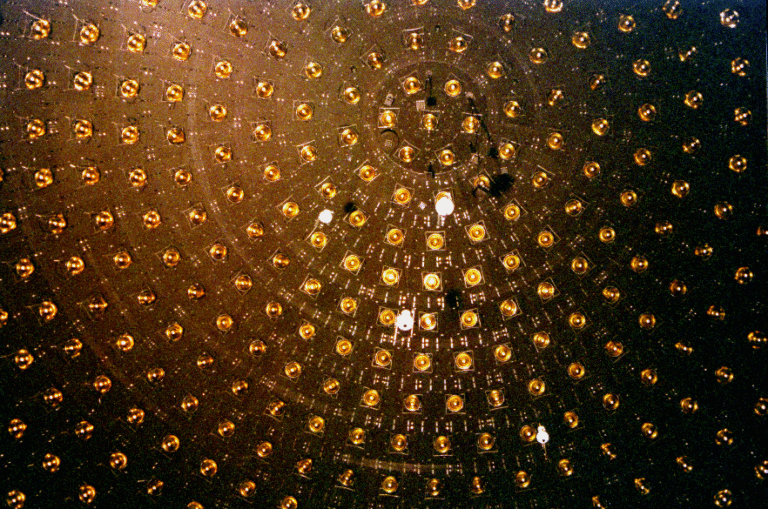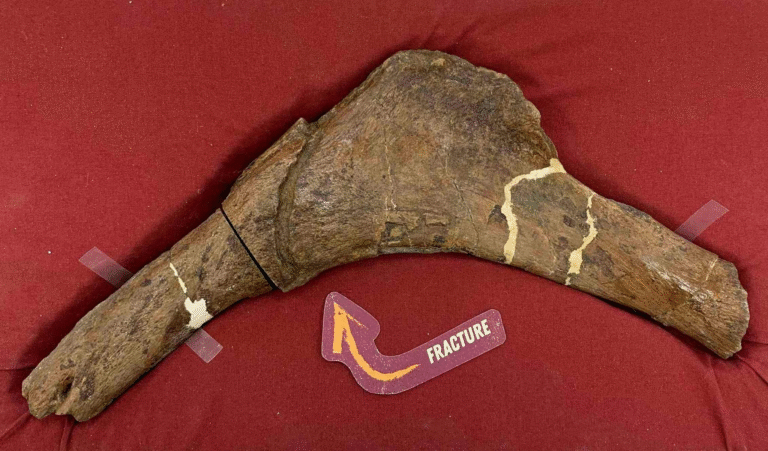50-Million-Year-Old Sea Turtle Fossil Discovered in Syria

Near the Syrian city of Afrin, an extraordinary fossil find has surprised paleontologists and sparked fresh curiosity about Earth’s ancient past. Scientists have identified a brand-new species of sea turtle, named Syriemys lelunensis, that lived around 50 million years ago during the early Eocene period. What makes this discovery even more remarkable is that it represents the first-ever fossil vertebrate formally described from Syria.
A Fossil Hidden in Plain Sight
The story of Syriemys lelunensis has an unusual twist. The fossil was actually discovered back in 2010, when a quarry blast at Al-Zarefeh unearthed bone fragments. Instead of being rushed to the spotlight, these remains spent 13 years stored quietly in the office of Syria’s General Directorate of Geology and Mineral Resources in Aleppo.

Only recently, through the dedicated efforts of an international team from Brazil, Syria, Germany, Lebanon, and Canada, has the turtle been carefully studied and formally described. The lead researcher, Wafa Adel Alhalabi, a Syrian-Brazilian paleontologist, guided the analysis at the University of São Paulo in Brazil.
What the Fossil Reveals
The fossil includes a beautifully preserved oval-shaped carapace, measuring 53 cm long and 44 cm wide, along with pieces of the ventral shell, pelvis, and hind limbs. Parts of these bones are even embedded into the cast itself, offering scientists an unusually complete view of the animal.

To confirm its age, researchers examined tiny foraminifera, shell-bearing microorganisms found in the surrounding rock. These microscopic clues allowed them to confidently date the fossil to the early Eocene.
An Ancient Side-Necked Turtle
Syriemys lelunensis is part of a fascinating group of side-necked turtles known as Stereogenyini. Unlike today’s side-necked turtles, which live mainly in freshwater, the extinct Stereogenyini thrived in saltwater habitats. Their fossils have been discovered across South America, North America, the Caribbean, Africa, and East Asia.
This Syrian find pushes their evolutionary history back by over 10 million years, making it the earliest known evidence of the group. It also adds the Mediterranean region to their known distribution, raising exciting possibilities that these turtles may have originated there.
A Window Into Syria’s Prehistoric Seas
Though modern Syria is known for deserts and mountains, millions of years ago the region looked very different. Between the Cretaceous period and the late Miocene (145 million to about 5.3 million years ago), the area was entirely covered by seas. Finding a marine turtle here fits that ancient picture perfectly.
For researchers like Dr. Gabriel S. Ferreira from the University of Tübingen, the discovery is both scientifically logical and deeply exciting. It enriches our understanding of prehistoric marine ecosystems and how ancient creatures spread across the globe.
Science Amidst Struggle
Of course, this discovery doesn’t exist in a vacuum. Syria today faces a complex and difficult political situation, and as Professor Max Langer from the University of São Paulo points out, it can feel surreal to celebrate fossils when daily life is so challenging. Yet, the study is also a reminder of something powerful: science continues to survive, even in places of hardship.
The team plans to publish further research under the series “Recovering lost time in Syria,” not only to highlight the nation’s geological treasures but also to honor the resilience of Syrian science during years of turmoil.
Why This Matters
This fossil sea turtle isn’t just another addition to the paleontological record. It represents a milestone for Syrian science, a new puzzle piece in turtle evolution, and a testament to international collaboration. It’s a story where patience, curiosity, and perseverance brought a hidden treasure to light—reminding us that sometimes, history waits quietly for the right moment to be rediscovered.
Source: Recovering lost time in Syria: a new Eocene stereogenyin turtle from the Aleppo Plateau





